Table of content
Stir-fried dried lettuce, a dish deeply rooted in Chinese cuisine, offers a harmonious blend of textures and flavors that tantalize the taste buds. Often overlooked in Western kitchens, this humble ingredient transforms into a culinary masterpiece when prepared with care and precision. Dried lettuce, or wōsǔn gān in Mandarin, retains the earthy sweetness of fresh lettuce while developing a chewy, slightly crispy texture that absorbs sauces beautifully. This article will guide you through the process of creating a restaurant-quality stir-fried dried lettuce dish, complete with tips for customization and elevating its umami depth.
Understanding the Ingredient: Dried Lettuce
Dried lettuce is typically made from the stems of leafy greens like romaine or iceberg lettuce, which are sliced, blanched, and sun-dried until they reach a leathery consistency. This preservation method concentrates the vegetable’s natural flavors, resulting in a product that can be stored for months. When rehydrated, the stems regain a pliable texture, making them ideal for stir-fries, soups, or braises. Look for dried lettuce in Asian grocery stores or online markets, often labeled as “dried lettuce stems” or “lettuce slices.”

Ingredients You’ll Need
To create a balanced stir-fry, gather the following components:
- 1 cup dried lettuce stems (pre-soaked and drained)
- 3–4 dried shiitake mushrooms (rehydrated and sliced; optional but recommended for umami)
- 100g pork belly or chicken thigh (thinly sliced; substitute with tofu for a vegetarian version)
- 3 garlic cloves (minced)
- 1-inch ginger (julienned)
- 2–3 dried red chilies (or 1 tsp chili flakes, adjust to taste)
- 1 small carrot (julienned, for color and crunch)
- 1/2 red bell pepper (julienned, optional)
- 2–3 scallions (white and green parts separated, sliced diagonally)
- 2 tbsp cooking oil (peanut or vegetable oil preferred)
- 1 tbsp Shaoxing wine (or dry sherry)
- 1 tbsp soy sauce (light soy for saltiness, dark for color)
- 1 tsp oyster sauce (or vegetarian stir-fry sauce)
- 1/2 tsp sugar (to balance flavors)
- 1/4 tsp white pepper
- 1 tsp sesame oil (for finishing)
- 1 tbsp cornstarch (mixed with 2 tbsp water for thickening, optional)
- Salt (to taste)
Step-by-Step Preparation
Rehydrating the Dried Lettuce
- Place the dried lettuce stems in a large bowl and cover with boiling water. Let soak for 20–30 minutes until pliable.
- Drain and rinse under cold water to remove excess starch. Squeeze gently to remove moisture, then slice into 2-inch segments.
Pro Tip: Over-soaking can make the lettuce mushy. Aim for a texture that’s tender yet slightly firm.
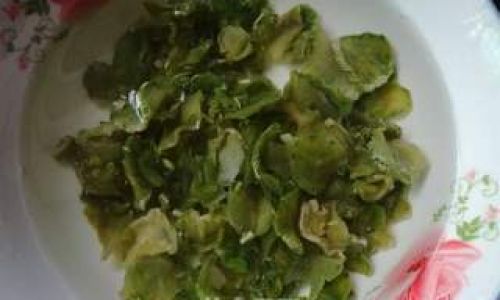
Prepping the Aromatics and Protein
- Slice the pork belly into thin strips. Marinate briefly with 1/2 tbsp soy sauce, 1/2 tbsp Shaoxing wine, and a pinch of white pepper.
- Rehydrate dried shiitake mushrooms in warm water for 15 minutes. Squeeze out excess liquid and slice thinly.
- Julienne the carrot, bell pepper, and scallion whites. Set aside the scallion greens for garnish.
*The Wok Technique: Achieving Wok Hei*
- Heat your wok over high heat until smoking. Add 1 tbsp oil and swirl to coat.
- Add the pork belly and stir-fry for 2–3 minutes until browned. Remove and set aside.
- Reduce heat to medium, add the remaining oil, and sauté garlic, ginger, and dried chilies until fragrant (30 seconds).
Key Technique: Wok hei, or “breath of the wok,” is the smoky aroma imparted by high-heat cooking. Ensure your wok is scorching hot before adding ingredients.
Building Flavor Layers
- Toss in the rehydrated lettuce stems, mushrooms, carrot, and bell pepper. Stir-fry for 3–4 minutes, allowing the vegetables to caramelize slightly.
- Deglaze the wok with 1 tbsp Shaoxing wine, scraping up any browned bits.
- Return the pork to the wok. Add soy sauce, oyster sauce, sugar, and white pepper. Toss to combine.
Thickening and Finishing
- If using cornstarch slurry, push the ingredients to one side of the wok and pour the slurry into the empty space. Stir until thickened, then mix everything together.
- Drizzle with sesame oil and toss in the scallion greens. Remove from heat immediately to prevent overcooking.
Pro Tip: Sesame oil is a finishing touch; adding it too early can make the dish bitter.
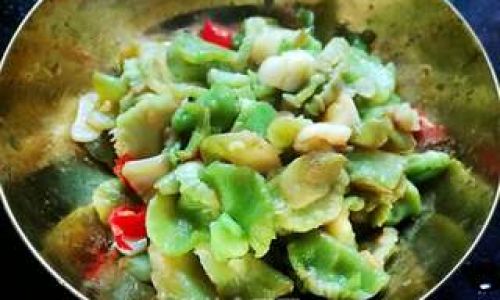
Customization and Variations
- Vegetarian/Vegan: Replace pork with crispy tofu or king oyster mushroom slices. Use vegetarian oyster sauce.
- Spice Level: Adjust chili quantity or omit entirely for a mild version. Add a splash of chili oil before serving for extra heat.
- Protein Swap: Try shrimp, beef, or even eggs for a different flavor profile.
- Additional Vegetables: Bamboo shoots, water chestnuts, or snap peas add crunch and variety.
Health Benefits of Dried Lettuce
Beyond its culinary appeal, dried lettuce is a nutritional powerhouse. Rich in dietary fiber, it aids digestion and promotes satiety. The rehydration process preserves vitamins A and K, which support immune function and bone health. When paired with lean protein and vegetables, this dish becomes a balanced, low-calorie meal ideal for weight management.
Serving Suggestions
- Pair with Steamed Rice: The stir-fry’s savory sauce complements fluffy white rice perfectly.
- Noodle Companion: Toss with udon or rice noodles for a heartier meal.
- Appetizer Platter: Serve as part of a dim sum spread alongside dumplings and spring rolls.
- Leftovers Hack: Reheat gently and stuff into wraps with fresh herbs for a quick lunch.
Troubleshooting Common Issues
- Mushy Texture: Over-soaking the dried lettuce is the primary culprit. Stick to 20–30 minutes in boiling water.
- Bland Flavor: Ensure adequate seasoning with soy sauce and oyster sauce. A pinch of MSG can enhance umami (optional).
- Soggy Stir-Fry: Avoid overcrowding the wok. Cook in batches if necessary to maintain high heat.
The Cultural Significance of Stir-Fried Dried Lettuce
In Chinese households, dried lettuce symbolizes resilience and resourcefulness—a testament to transforming simple ingredients into something extraordinary. During festivals like Lunar New Year, this dish is often served as a nod to thriftiness and the importance of preserving seasonal bounty.
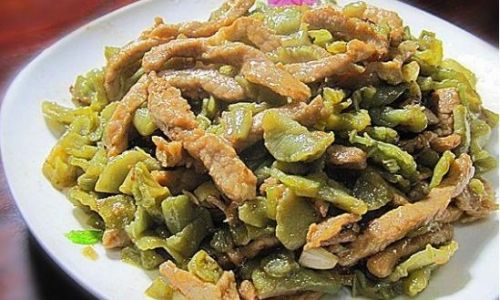
Conclusion
Stir-fried dried lettuce is more than a meal; it’s a celebration of texture, aroma, and balance. By mastering the interplay of rehydration, wok technique, and seasoning, you elevate a humble ingredient into a dish that delights the senses. Whether you’re a seasoned home cook or a curious novice, this recipe invites creativity while honoring tradition. So grab your wok, fire up the stove, and let the sizzle of stir-frying transport you to the heart of Chinese kitchens—one savory bite at a time.
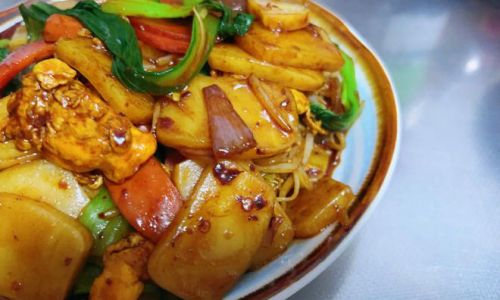
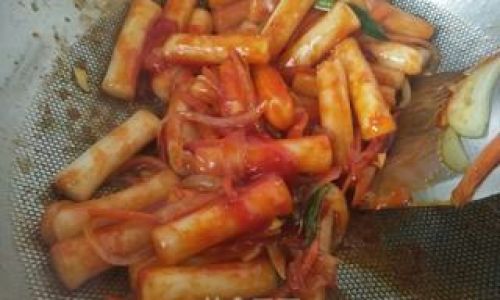


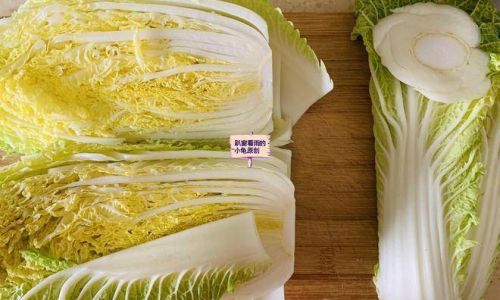
0 comments